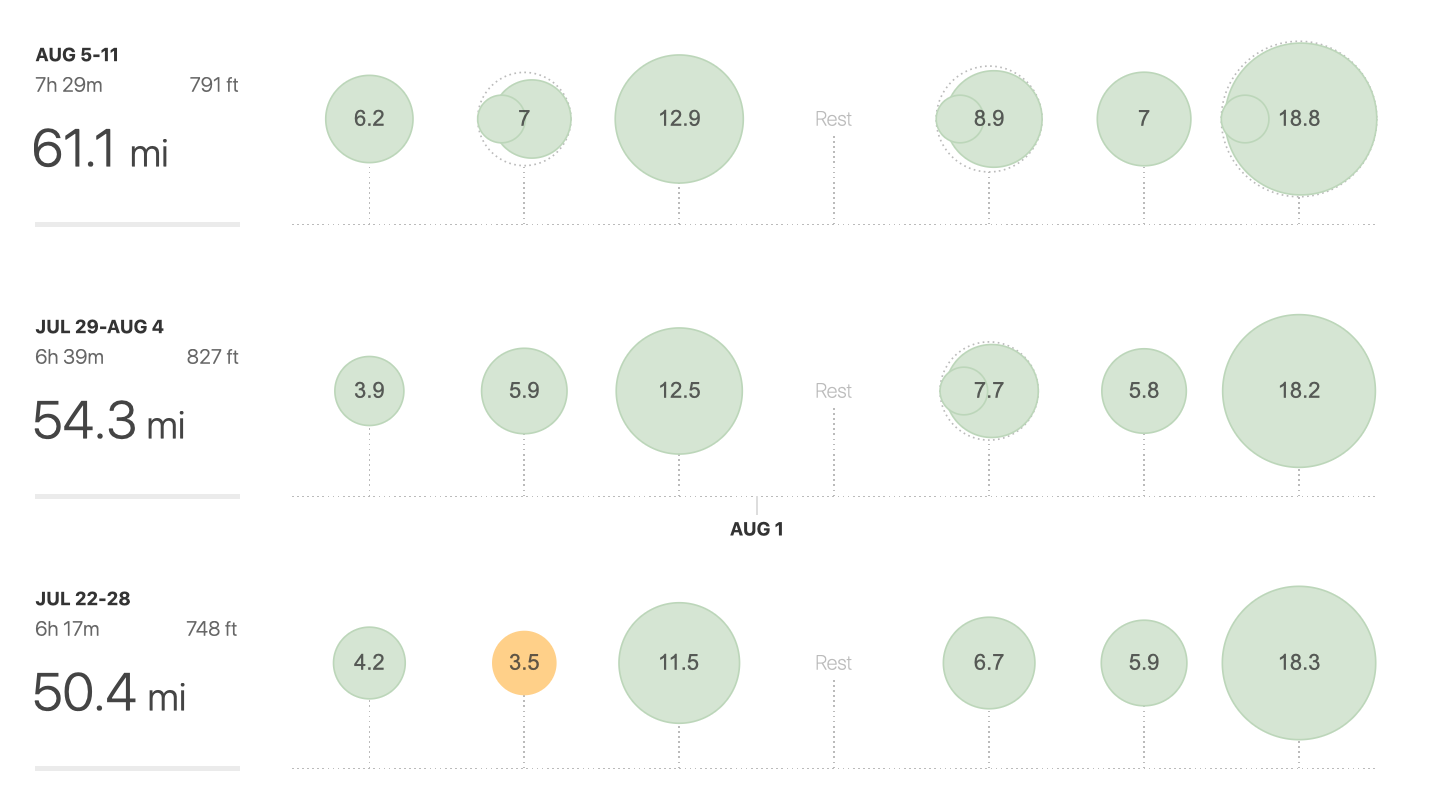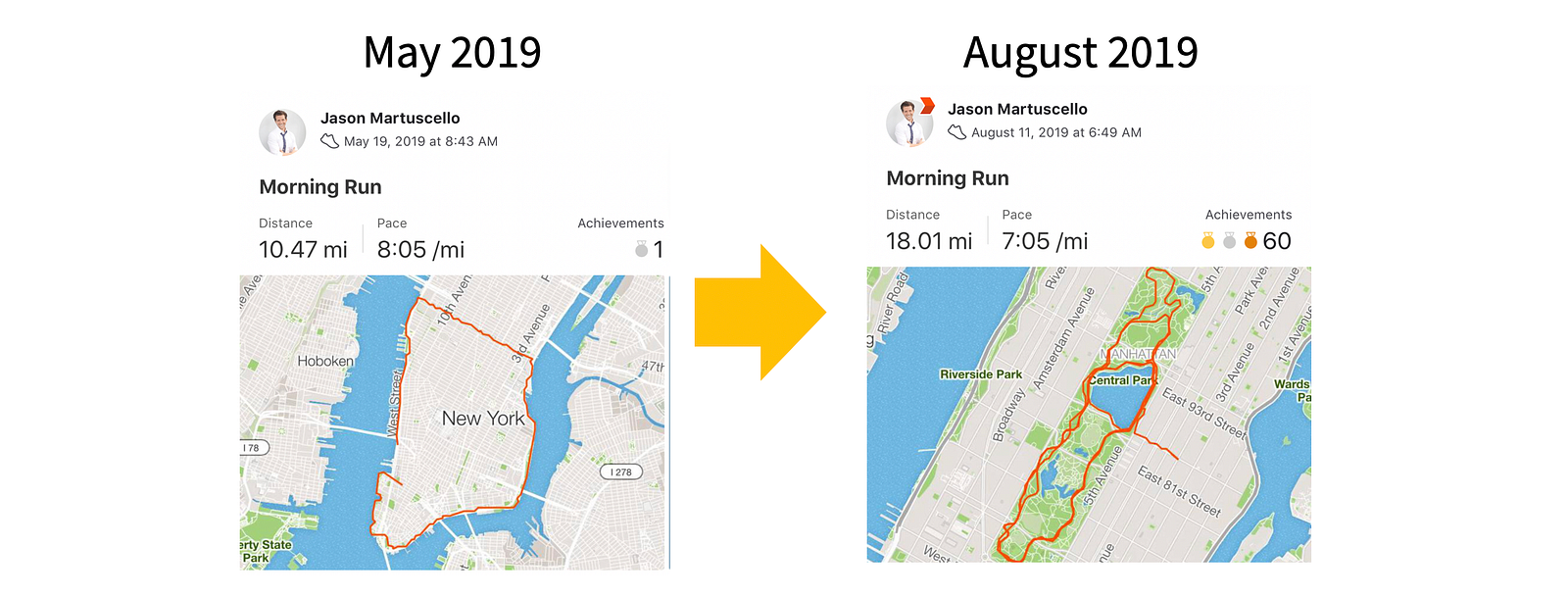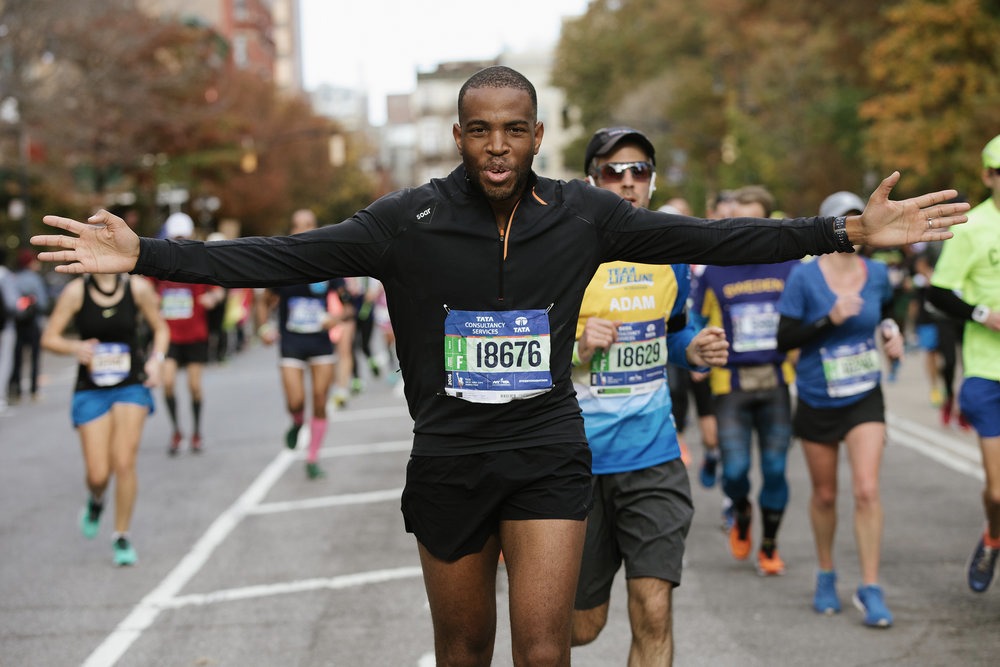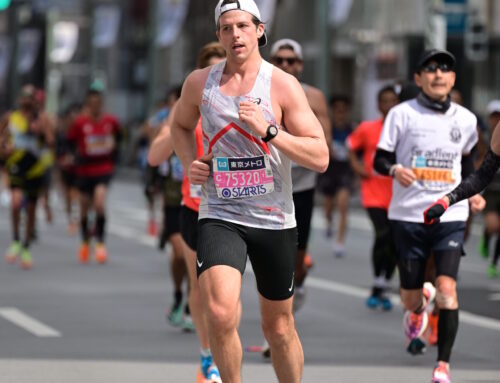When I signed up for the NYC marathon, I didn’t just sign up to finish but to see what I was capable of. I set a goal to run my first marathon in under 3 hours, something less than .02% of NYC marathon runners accomplish this (2018: 1,203 out of 52,813). This is my first marathon, so I am embracing every behavioral science strategy and tactic to make my goal possible…
What am I doing? Will I hit my goal? Let’s find out…
1. Build a Routine around Running More Often
“The key to improving running is simple — run more”, says John Henwood, 2004 Olympian and my running coach. You don’t need fancy shoes, special supplements, magic gels, or a sophisticated running watch. Speed, technique, and pacing are byproducts of simply showing up and running. It almost sounds to good to be true, but running more often is the single best way to improve your running.

2. Find the Immediate Reward with Running
Running more often can be hard if you don’t enjoy running. The mere thought of running a mile used to haunt me, let alone running 26 miles. Before building up my weekly mileage, I had to change the negative association of running in my mind. To do this, I had to find the positive, immediate rewards from running…
- Immediate rewards for me: Running is energizing (fresh start to my day), challenges me (psychologically rewarding accomplishing my daily distances), and provides mental clarity (running outside helps me think clearly).
- Distant future rewards: Running will help me live longer, improve my health, and enhance my running performance but tend to be discounted, and not very motivating.

3. Remove Barriers to Running
What are the barriers to running? What distractions loom preventing me from putting on my shoes and running? Work getting in the way, phone distractions, too tired, or little motivation? A big barrier for me was a black device worn on my wrist — my Garmin watch. For some people, looking at their watch and tracking every step, pace, turn and heartbeat enables short term performance. However, constantly looking at my watch disrupted my focus causing me to over analyze which deflated my motivation. When I stopped looking at my watch, I enjoyed runs more, stayed motivated, ran faster and most importantly stayed persistent.

4. Context. It matters.
For months I trained by running the Westside Highway along the Hudson River in NYC. It’s flat, straight, and hard surface making runs easy and fast. Plus it’s right next to where I live. Although my pace was fast, when I went to run in Central Park I had a rude awakening! I went from super flat, straight and fast to Central park, which is a mix of dirt trails, road running, hills with steep elevation and covered by trees. Training in the Central Park context, which more closely represents race difficulty, better prepares me to hit my goal time.

5. Create Better Running Reference Points
Running sounds like a ‘solo’ sport but thats far from the truth. I completely underestimated the power of a team when training for a marathon. Who you run with and how your coach pairs up runners will largely determine you running performance. I run with people better than me, which challenges me, motivates me, and ultimately makes me run faster.

So is the behavioral science helping?
I am just under 12 weeks out from running the NYC marathon and have significantly improved my running performance — increased milage (60 miles/week), reduced my pace (7:05/18 miles) and most importantly, my mind and body never felt better! There is still a lot more work ahead to get under 3 hours goal for 26 miles but I remain optimistic. Hopefully a planning fallacy or optimism bias wont get the best of me!







